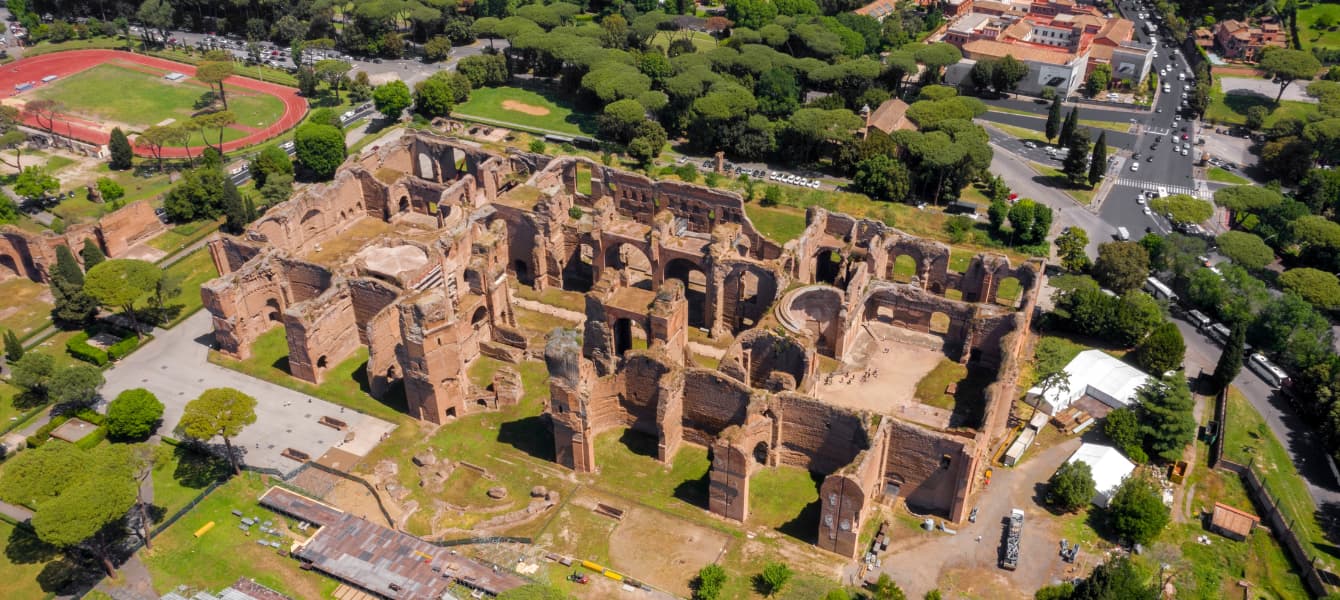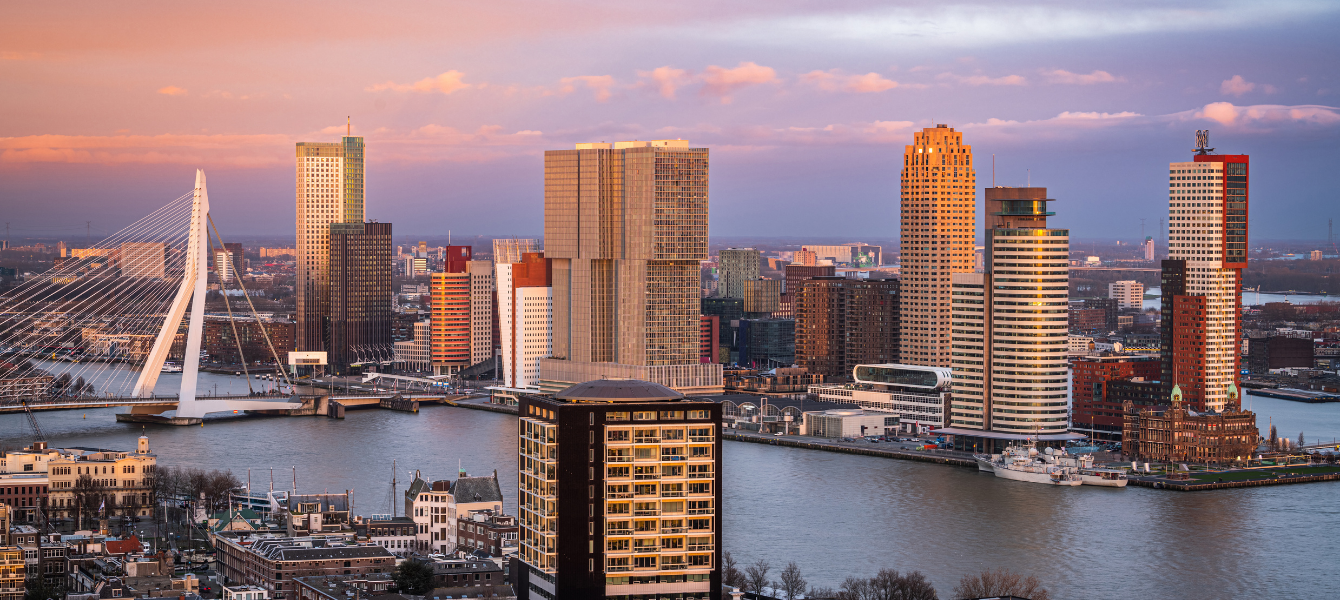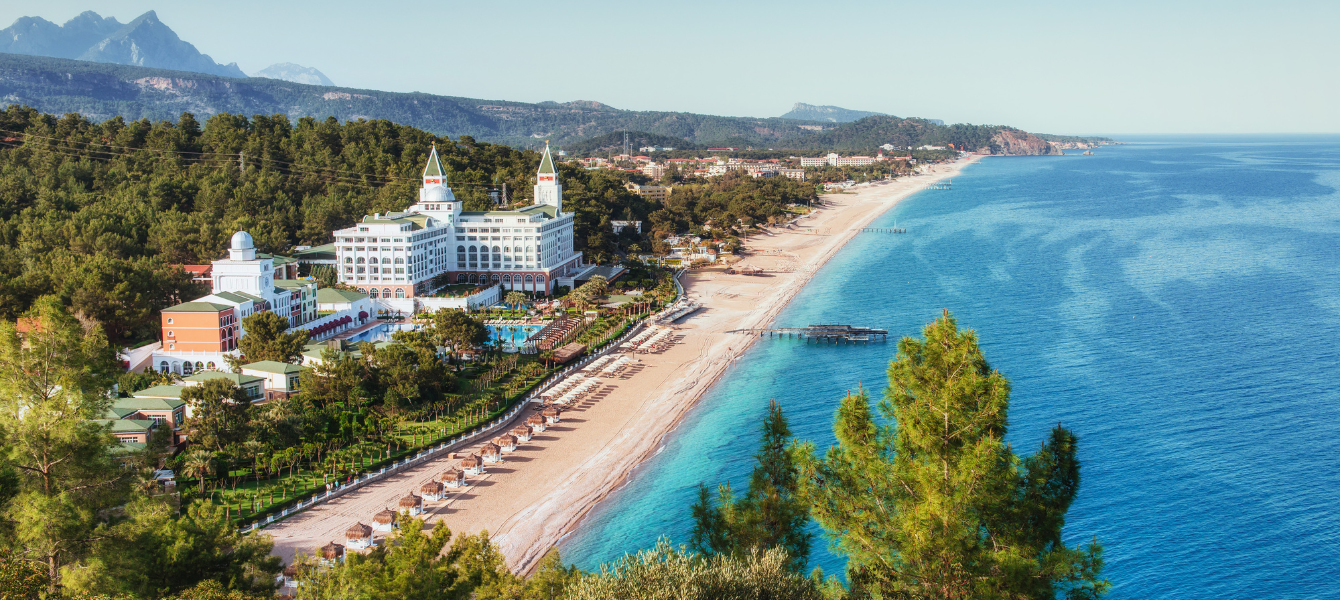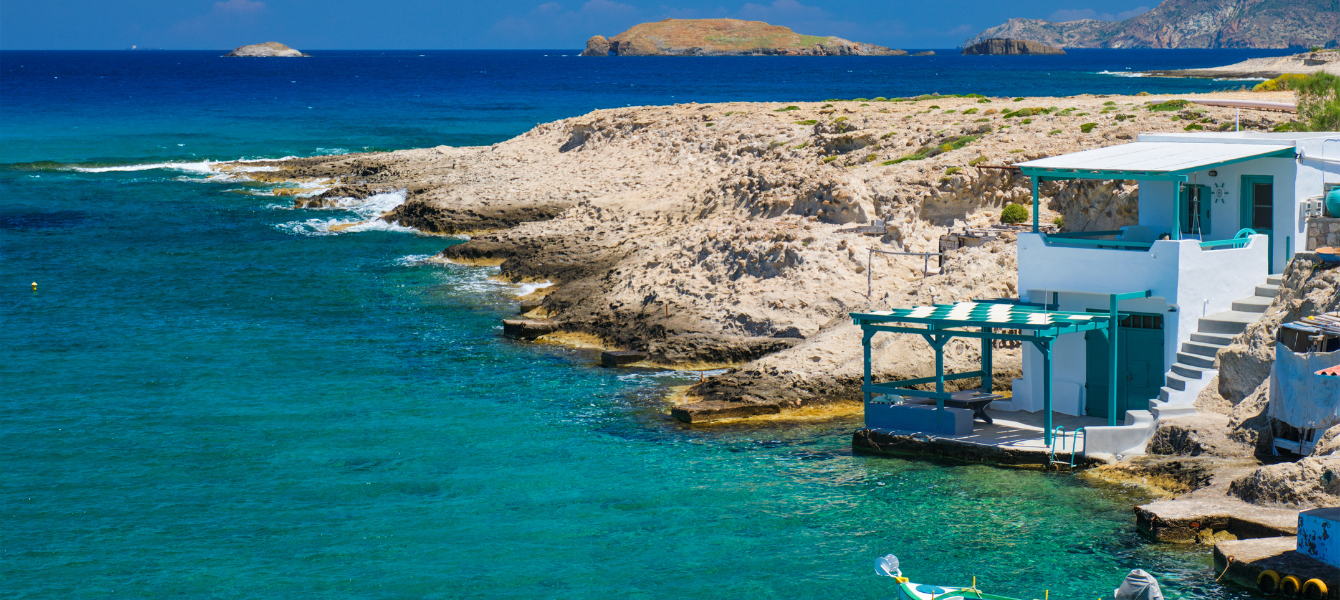The Baths of Caracalla are a quintessential example of Roman baths. Built around 216 AD, it offered hot and cold baths, exercise areas, changing rooms, two gyms, public libraries, and even hosted lectures! For over 300 years, it was the place to be for Imperial Rome to clean up, unwind, and improve social relations. Now in ruins, it’s a stark reminder of how ancient Rome loved to bathe in style.
Quick Jumplinks
- History of Baths of Caracalla
- The Architectural Ingenuity of Baths of Caracalla
- Highlights of Baths of Caracalla
- Stay Near Baths of Caracalla
- Plan Your Visit To Baths of Caracalla
- Frequently Asked Questions
History of Baths of Caracalla
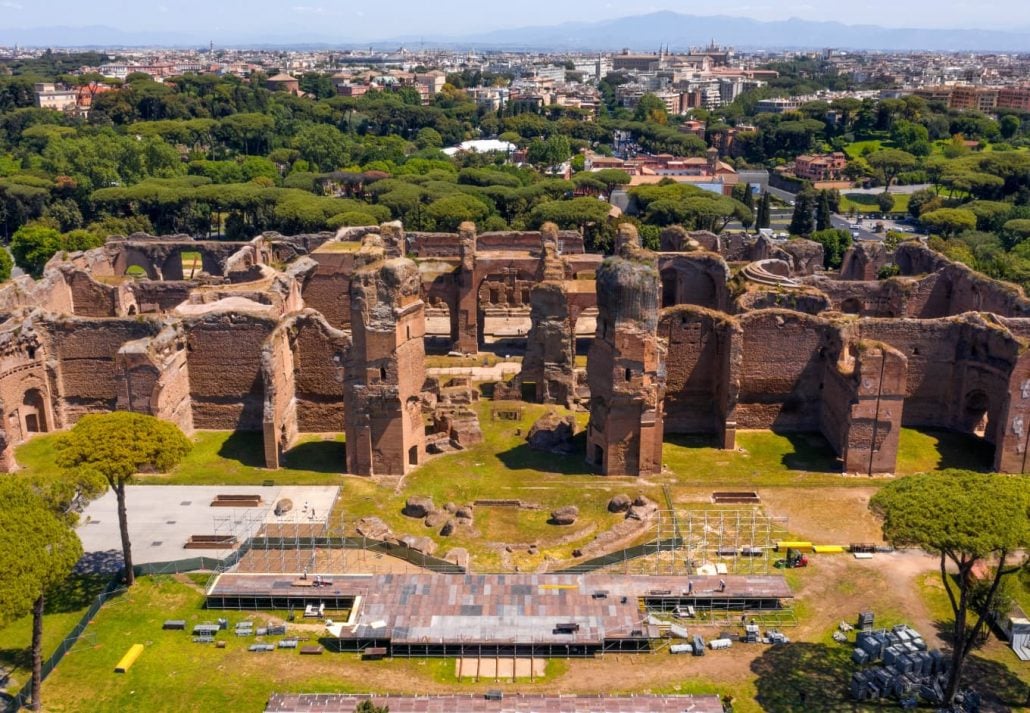
The Baths of Caracalla owe their existence to two emperors: Septimius Severus and his son, Caracalla. Construction began in 206 AD under Septimius Severus and was completed during Caracalla’s reign (between 216 and 217 AD). The baths remained in peak use for centuries, serving the public until the 6th century AD. However, with the decline of the Western Roman Empire, the baths fell into disrepair. Earthquakes, stone quarrying for new buildings, and neglect took their toll, leaving behind the impressive ruins we see today.
Recommended Read: Best Time To Visit Rome
The Architectural Ingenuity of Baths of Caracalla
The Baths of Caracalla were a marvel of Roman engineering and design. Built on a rectangular plan typical of great imperial baths, large complexes were arranged symmetrically with functional areas dedicated to specific bathing rituals.
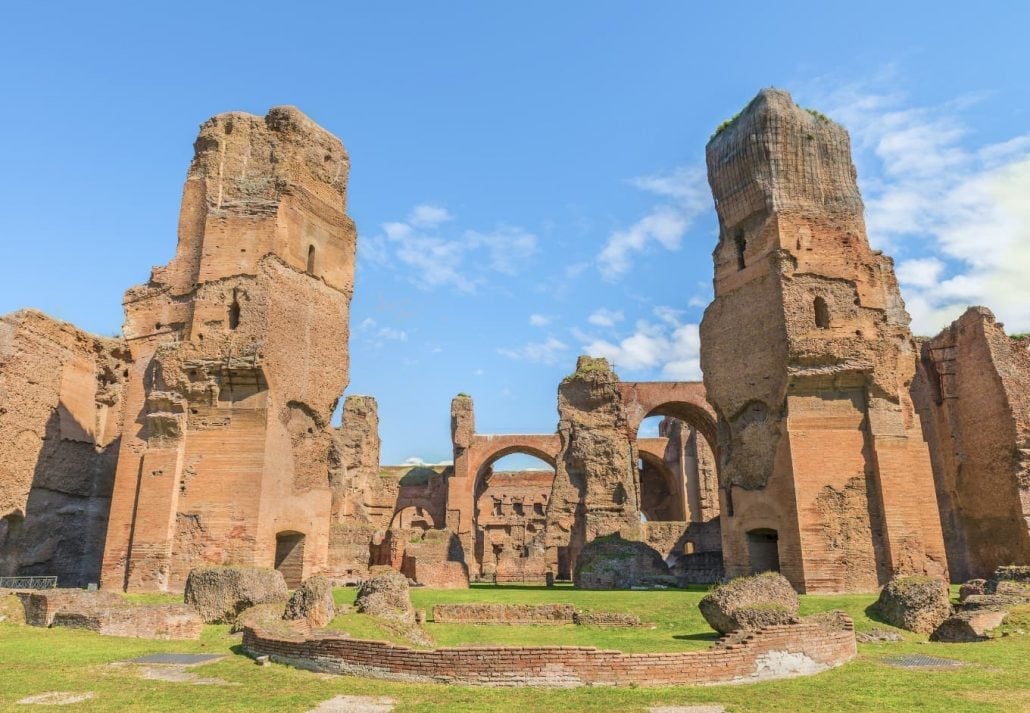
The entire bath building was designed to accommodate about 1600 bathers. The exterior walls were constructed from a combination of volcanic rock and brick faced with opulent white marble. Inside, massive vaulted halls, some with groin vaults reaching 39 meters (128 ft) high, housed various bathing pools. The design for the baths was symmetrical on the central axis, with male-only rooms to one side, female to the other, and bathing rooms in the middle.
Baths of Caracalla was celebrated for its luxurious bathing experience, and a big part of that luxury was thanks to a clever heating system called the hypocaust. This underfloor heating system provided a comfortable and even source of warmth throughout the baths. It wasn’t just the floors that got warm; the rising hot air helped heat the entire room. The hypocaust was a game changer that demonstrated Roman understanding of heat transfer and air circulation.
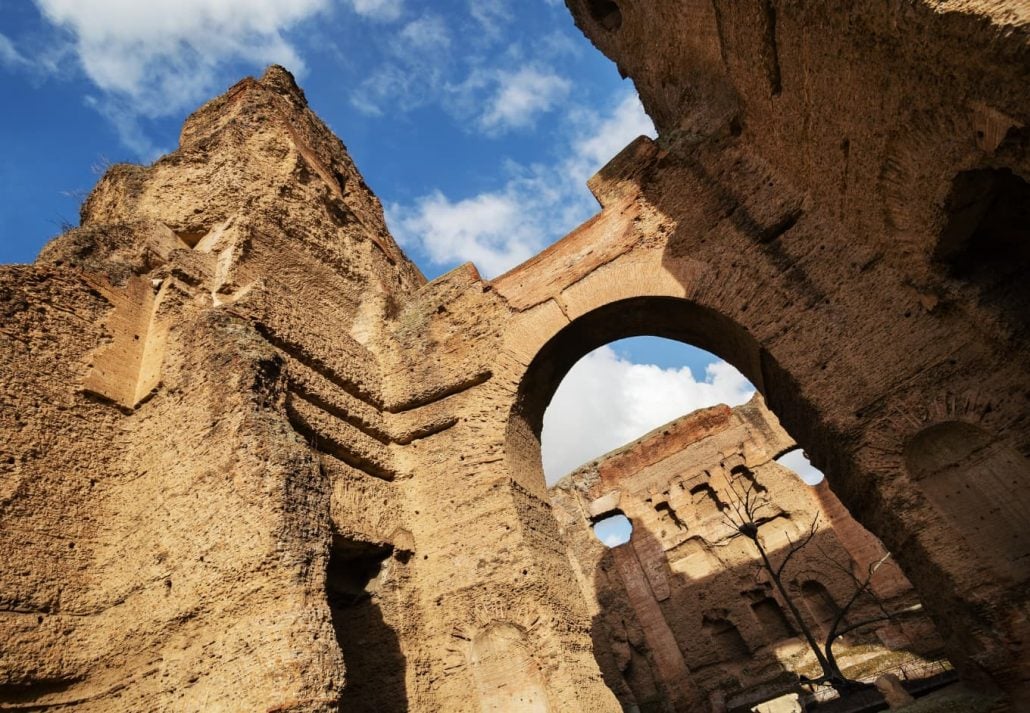
The sheer size of the Baths of Caracalla required a substantial and reliable source of water supply. Aqua Antoniniana fulfilled this by providing water for bathing, cleaning, and potentially even the fountains and pools. It wasn’t a separate aqueduct, but a branch specifically built to supply the baths from the well-established Aqua Marcia, known for its high-quality spring water. Building an aqueduct branch showcased Roman engineering expertise. Imagine channeling water over a distance to serve a massive structure.
Recommended Read: When Ancient Romans Got It Wrong
Highlights of Baths of Caracalla
The Caldarium
The Caldarium was the crown jewel of the Baths of Caracalla – the centerpiece designed for the hottest and steamiest bathing experience. The Caldarium’s water and air temperatures with very high humidity could reach well over 100 degrees Fahrenheit. This intense heat was meant to induce sweating and open pores.
Its most impressive feature was a giant dome, nearly as large as the Pantheon’s dome, reaching almost 36 meters in diameter. This dome was supported by just eight pillars. Centuries after the baths fell into ruin, the central space was used as the summer home for the Rome Opera Company from 1937 to 1993!
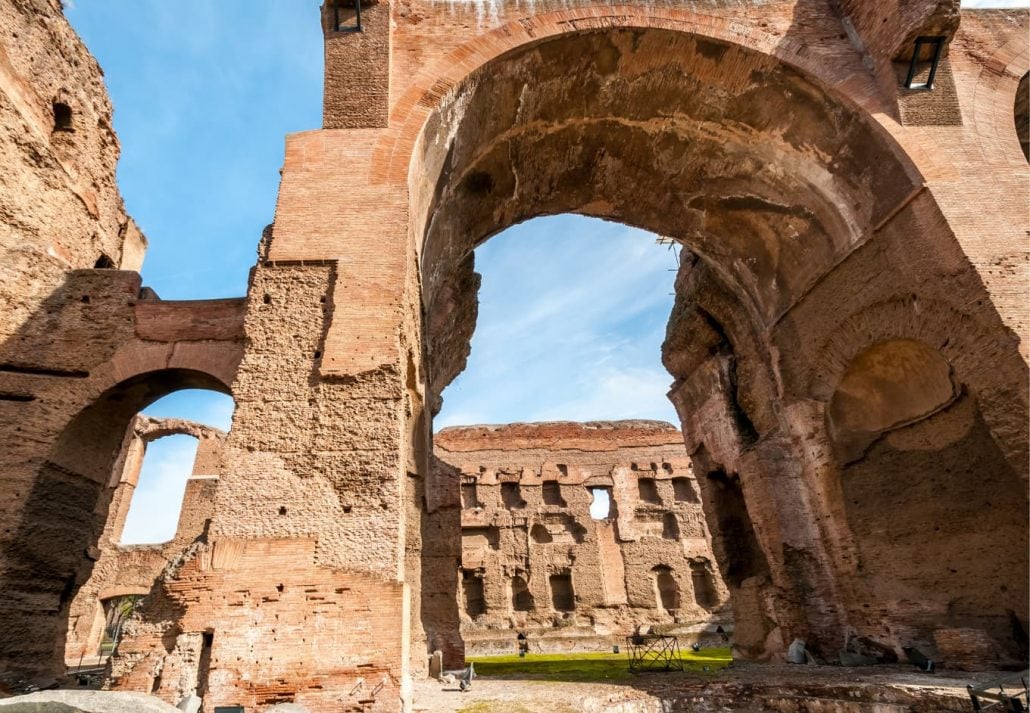
The Tepidarium
The Tepidarium was the warm room, acting as a transition zone between the frigidarium (cold room) and the caldarium (hot room). The key feature of the tepidarium was its warm temperature, maintained at a level comfortable for relaxing and preparing the body for the hotter caldarium. Historical sources suggest the tepidarium was smaller than the frigidarium.
Located between the two other bath chambers, it likely served as a passageway. While much of the Baths of Caracalla’s former glory is gone, there’s some evidence to suggest the tepidarium was richly decorated.
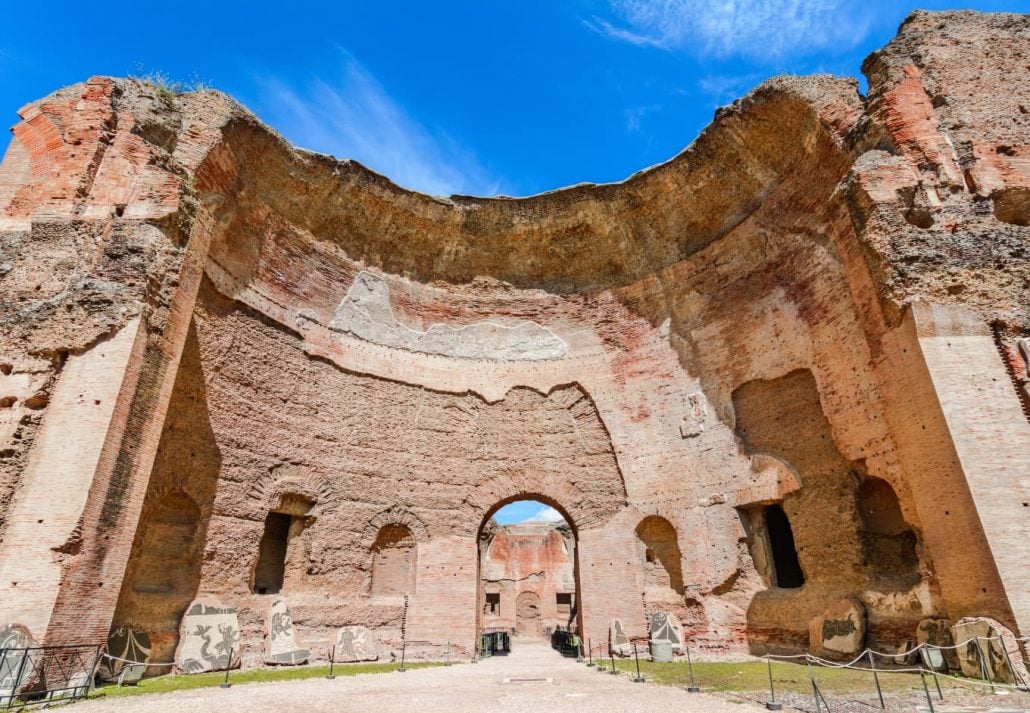
The Frigidarium
The Frigidarium in the Baths of Caracalla was a truly impressive space, serving a dual purpose for both cold baths and a grand meeting place for bathers. As the name suggests, the Frigidarium was the coldest room in the bath complex. Water for the plunge pools likely came directly from the aqueduct and may have even been chilled with snow.
The Frigidarium was a monumental hall, often described as similar to a basilica. The walls and floors were adorned with luxurious marble. The design of the Frigidarium was so admired that it inspired many later buildings, including other Roman structures and even grand railway stations built in the 19th and early 20th centuries.
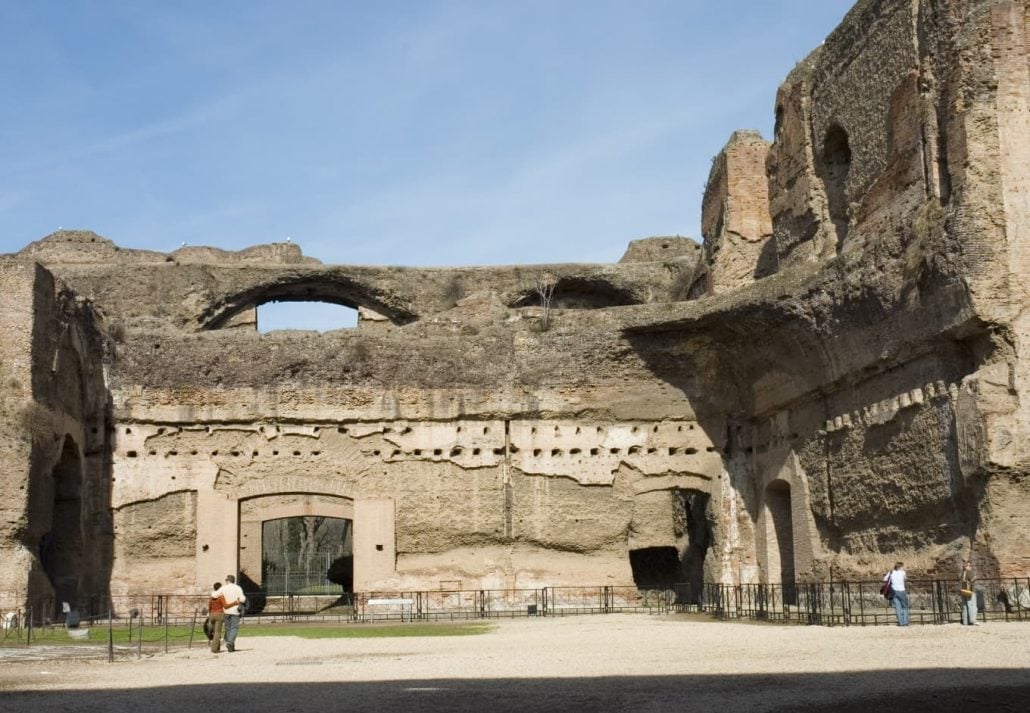
The Library
The library wasn’t just one big room, but two separate and equally sized sections. Each section likely housed scrolls in the language it represented. The walls of the library were lined with niches. These niches would have held wooden shelves that stored the scrolls. A raised platform ran along the base of three walls, providing a place for people to sit and read.
In the middle of the southern wall, there was a larger niche that likely held a statue, perhaps of Minerva, the Roman goddess of wisdom. This placement would have emphasized the intellectual pursuits associated with the library. The library wasn’t directly connected to the main bathing complex. Instead, it was situated near the southern wall, along with other facilities like shops and gardens. This separation may have offered a quieter space for study.
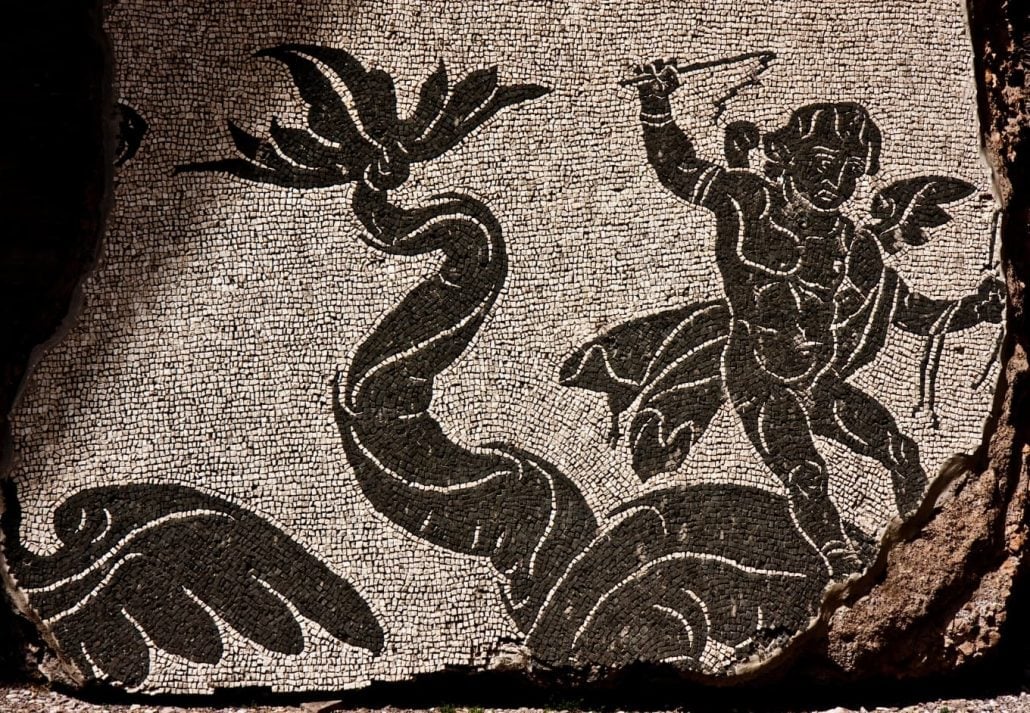
The Mosaics
The Baths of Caracalla boasts a grand array of floor mosaics and wall mosaics. The mosaics were crafted using tesserae, which are small, colorful pieces of stone or glass.
Types of Mosaics:
- Geometric Patterns: These were common throughout the baths, offering a simple yet elegant decorative touch.
- Figurative Scenes: The most famous mosaics were those depicting athletes. Originally located in the palaestra (exercise courtyards), these mosaics showcased athletes engaged in various sports like discus throwing, wrestling, and boxing. Unearthed in 1824, they were later removed and extensively restored in the 19th century. Today, you can find them in the Vatican Museums.
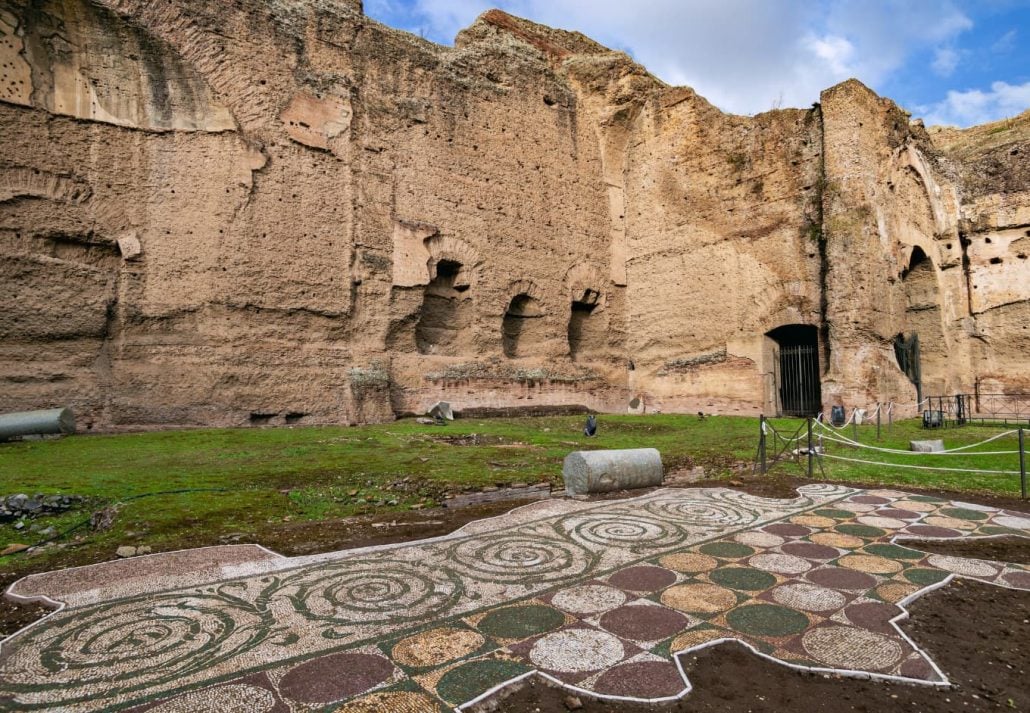
The Natatio
The swimming pool or Natatio in the Baths of Caracalla was an impressive feat of engineering and design for its time. The Natatio measured 50 meters long and 22 meters wide, making it a truly grand space for bathers. Unlike modern pools, the Natatio was designed to be shallow, with a depth of only around 1 meter (3 feet). This suggests it was likely used for leisure swimming, wading, or cooling off rather than serious lap swimming.
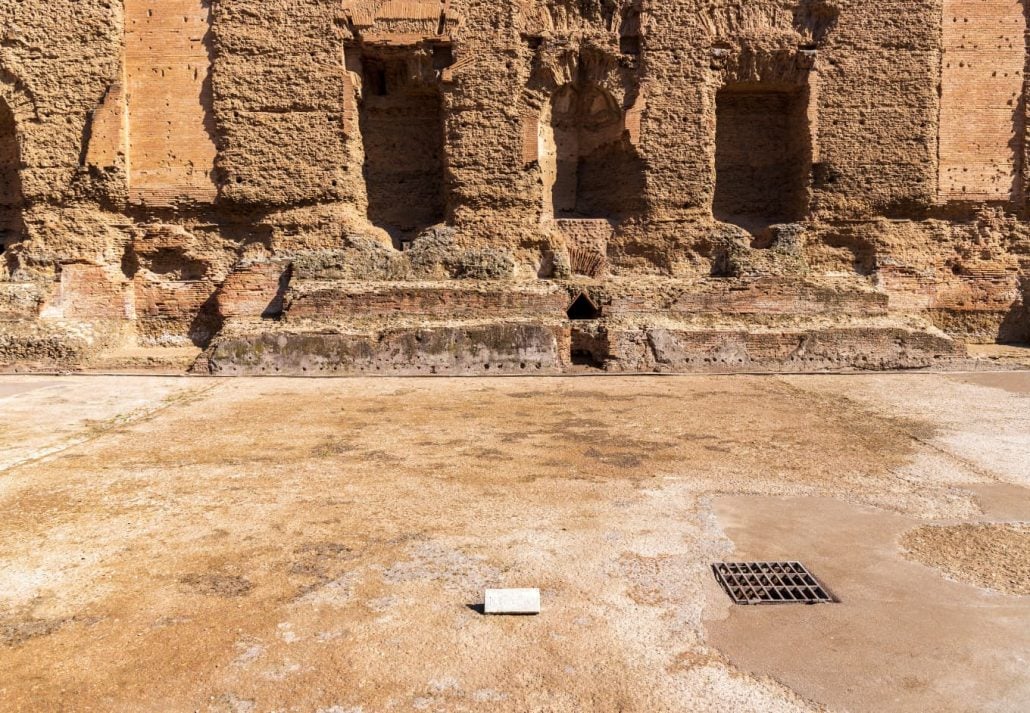
While swimming was likely the main purpose, there’s evidence that the Natatio might have been used for other activities as well. Archeologists have found markings of even a game board carved on a marble step, suggesting bathers enjoyed some recreational time by the pool.
Stay Near Baths of Caracalla
Plan Your Visit To Baths of Caracalla
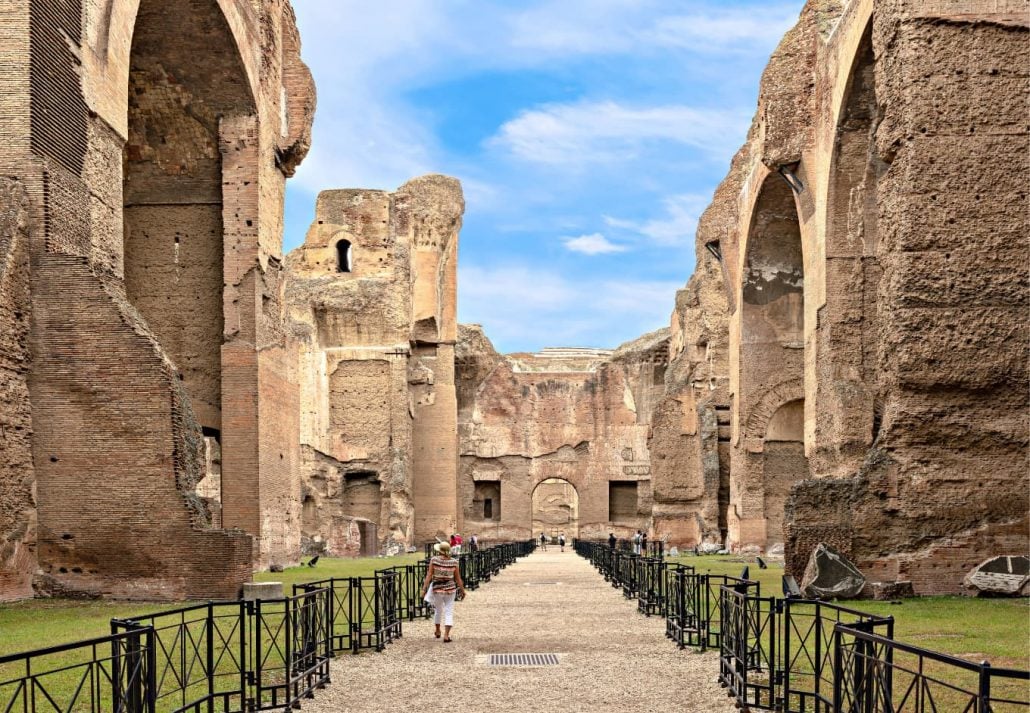
Timings
Baths of Caracalla are open to visitors every day from 9 AM. Its closing time depends on the season and can be anywhere between 4:30 PM and 7:15 PM.
Getting There
- Bus: Take lines 160, 628, and 716 to get there.
- Metro: Take the Metro (blue B line) to Circo Massimo. It’s 14 minutes away.
- Train: Take bus 714 and get off at Terme Caracalla. It’s within walking distance, about 2 minutes away.
- Read our guide on how to get around the city.
Frequently Asked Questions
What are the Baths of Caracalla?
The Baths of Caracalla were some of the largest and most luxurious public bathhouses in ancient Rome.
How big are the Baths of Caracalla?
They were the second-largest public baths in Rome, after the Baths of Diocletian. The complex was massive, able to accommodate up to 1,600 bathers at a time.
What did people do at Baths of Caracalla?
The Baths of Caracalla weren’t just for bathing! It was a social center where people could bathe, exercise, relax, and socialize. There were even rooms for lectures and philosophical discussions.
Are the Baths of Caracalla still around today?
The bath complexes are now in ruins, but you can still visit them to see the impressive remains, including towering walls, large halls, and remnants of the bathing pools.
Why are the Baths of Caracalla important?
The Baths of Caracalla are important for several reasons. They showcase Roman engineering feats like heated rooms, a complex drainage system, and even a dedicated aqueduct branch to supply water. They also offer insight into Roman social life and their dedication to hygiene and leisure.
CuddlyNest provides all accommodations to all travelers at the best price. Find unlimited travel inspiration on our blogs and social media channels Facebook, Instagram, and Pinterest.
Additional Reading:
Best Attractions In Rome
Fantastic Hotels In Rome
Free Things To Do In Rome
